A spark arrestor can be defined as an element that intercepts flammable debris from combustion sources in order to prevent fires. Early spark arrestors, commonly designed as spiral shaped cones, were employed in steam locomotives to separate embers from the exhaust through centrifugal force. Read More...
With 20+ years in the industry, it is no wonder Quality Air Management manufactures and supplies the newest, most revolutionary technology available. This includes a wide variety of quality dust collectors in standard and custom configurations.

Filter 1 Clean Air manufactures a complete line of industrial dust collecting systems for virtually all applications including aluminum, titanium, magnesium, composites, fiberglass, smoke, oil mist and wood/paper dust. We custom design and also carry cyclone separators, backdraft welding tables, mist collectors, cartridge dust collectors, industrial downdraft tables and other systems as well.
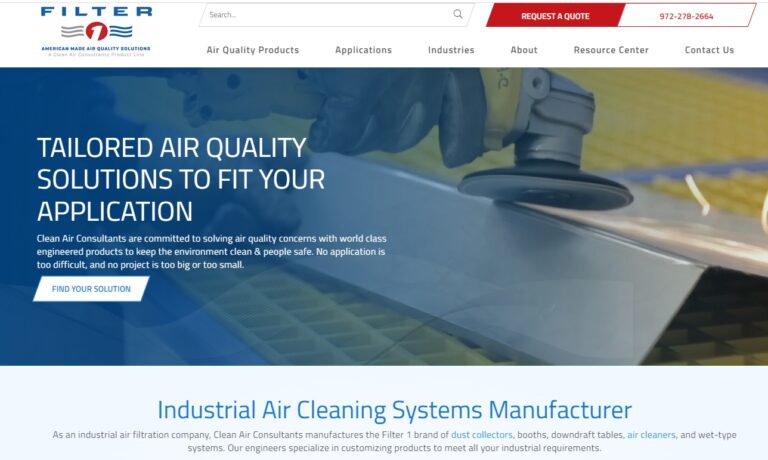
More Spark Arrestor Manufacturers
When it comes to engines, there are two main types of arrestors- centrifugal and screen. Centrifugal spark arrestors use baffles or stationary vanes to catch flammable debris using centrifugal force. These are commonly used in agricultural and construction equipment like combines, bulldozers, and tractors.
Screen arrestors, on the other hand, are much more simple and used in smaller engines and also often in the tops of flues on buildings. These consist of a metal mesh that traps large particles and prevents them from leaving the exhaust system. In addition to their use with engines, spark arrestors are also used in conjunction with dust collecting systems in the industrial setting.
These are effective in preventing fires and explosions by extinguishing, cooling, and rerouting sparks and burning embers that are caught in flow of dust collection and ductile systems.
These are essential in settings where grinding, plasma/laser cutting, welding, torch cutting, and flame spray occur. There are a few different designs of spark arrestors and manufacturers are often producing newer and more effective models. Some of the newest technologies are designed to channel flammable debris in a circulating manner, which allows the embers and sparks to lose more energy before they are deposited in a safe location.

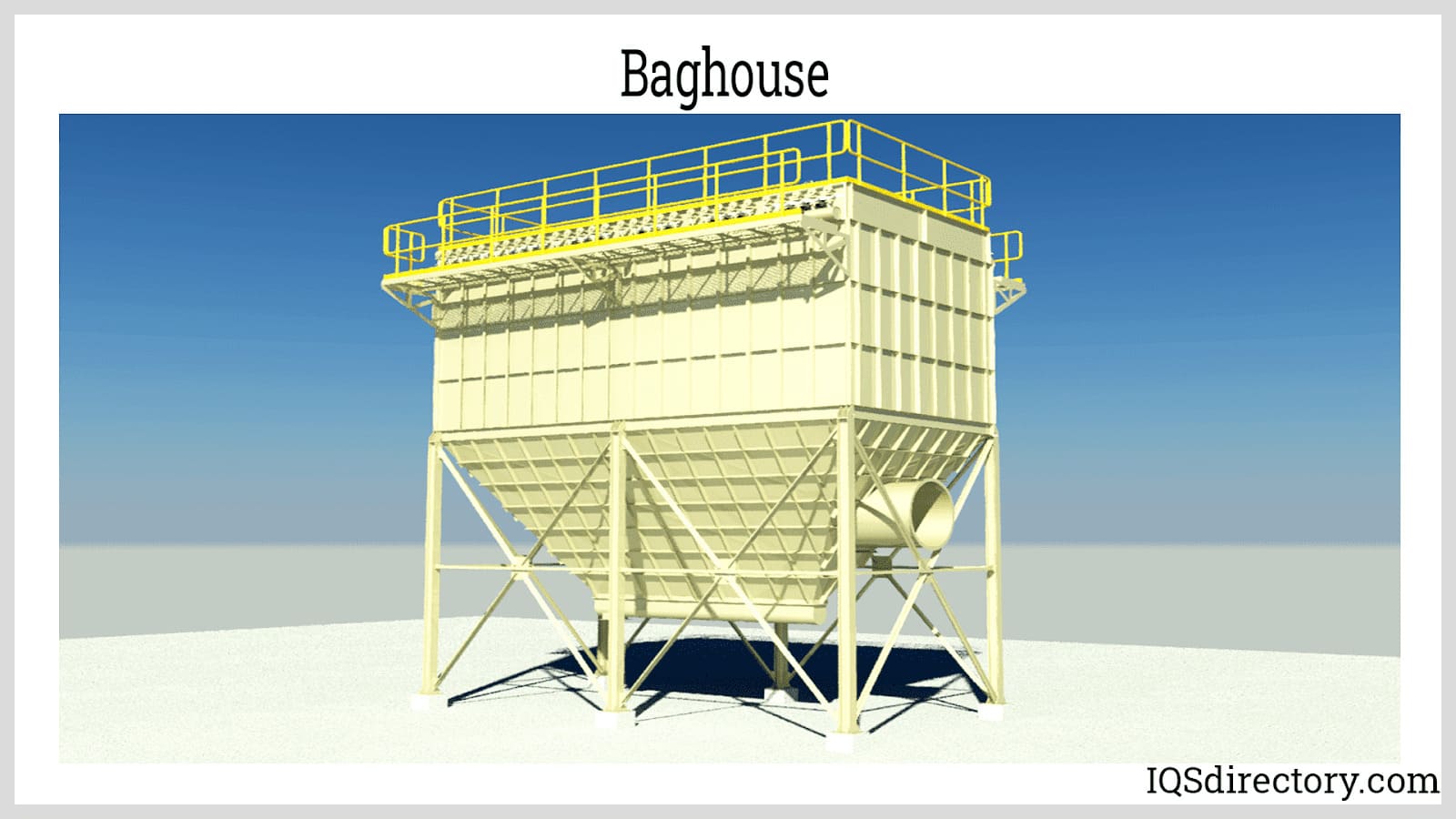
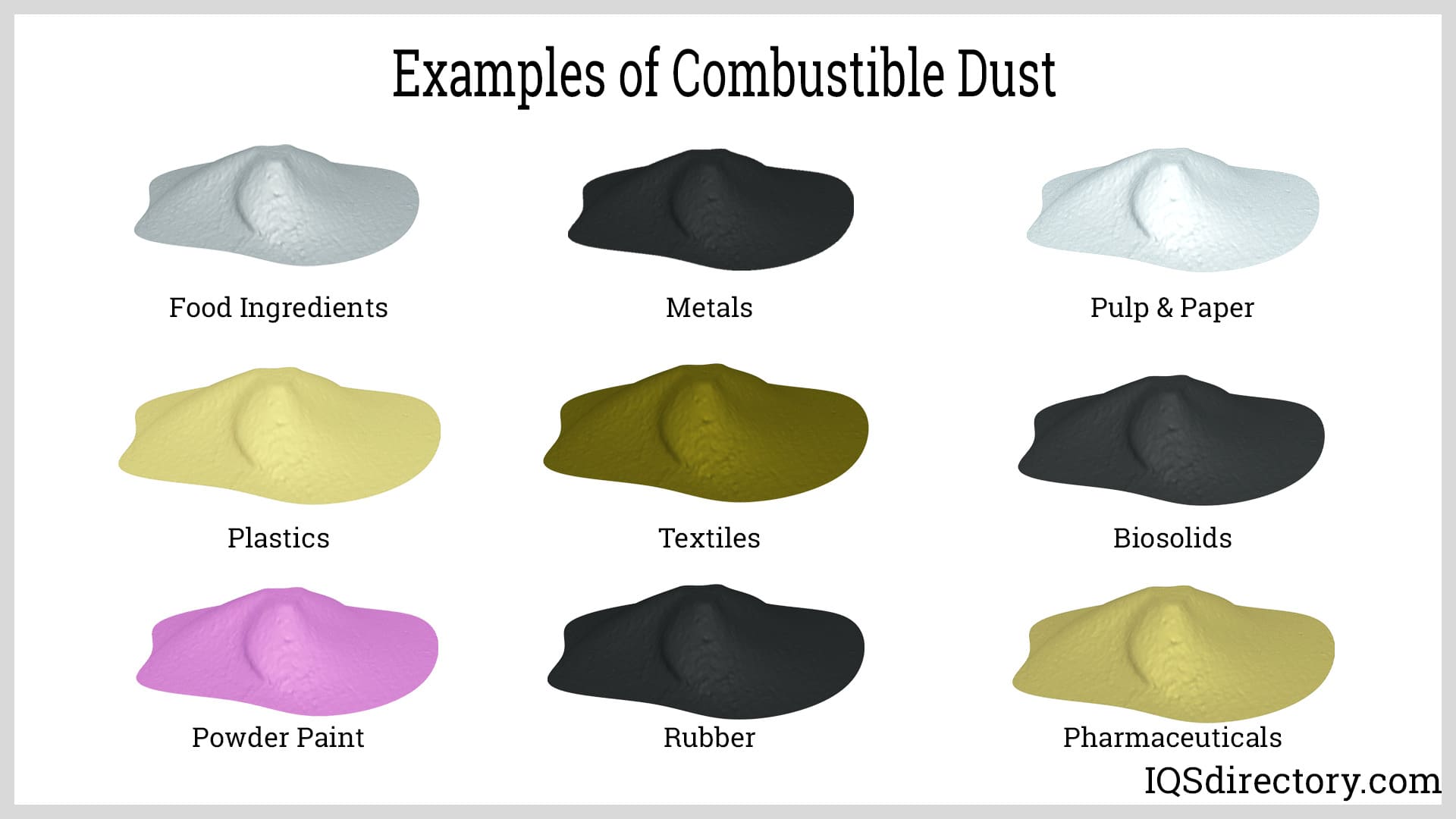
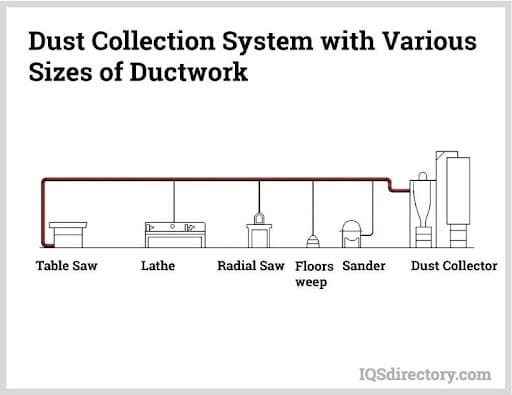
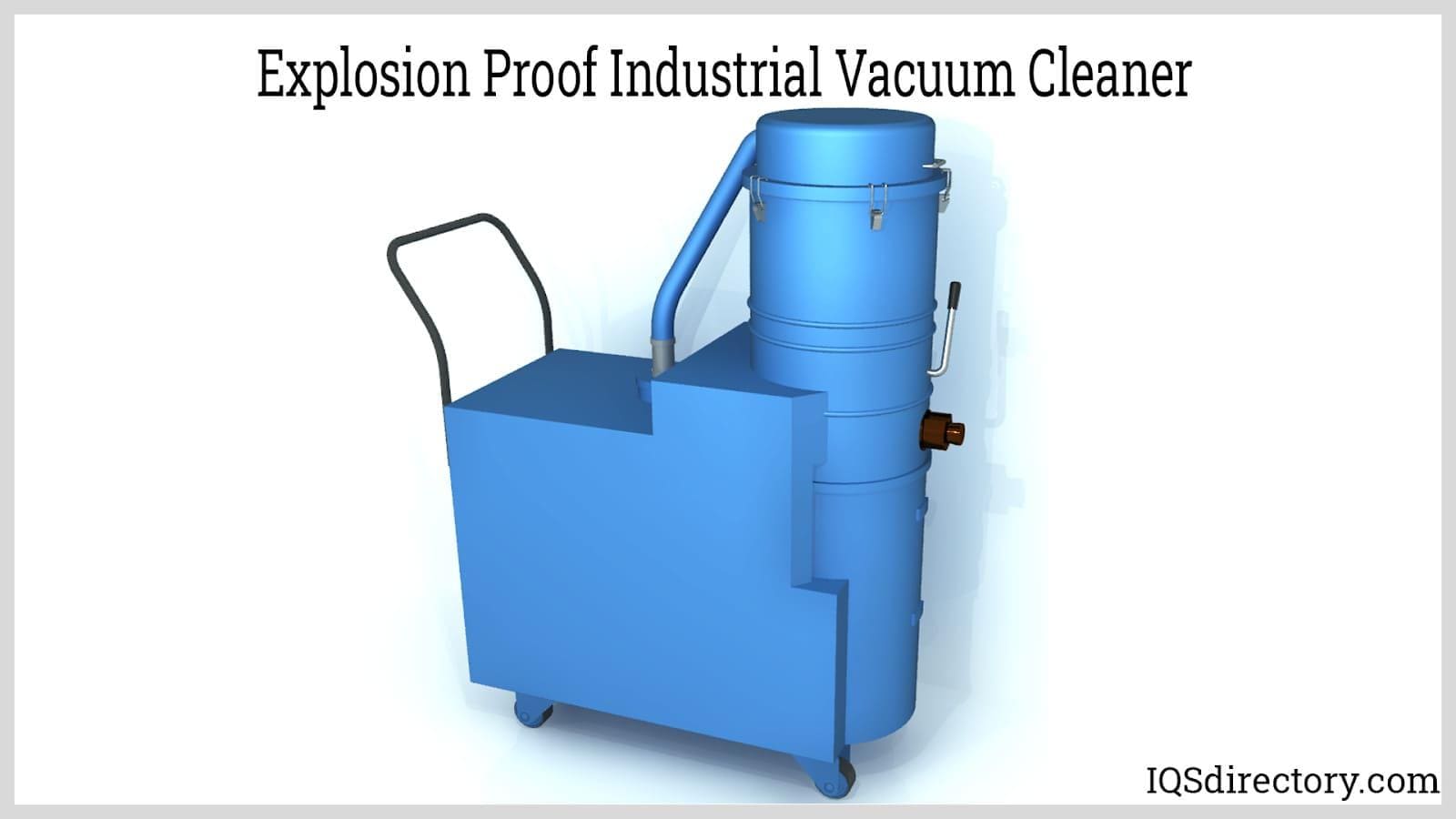
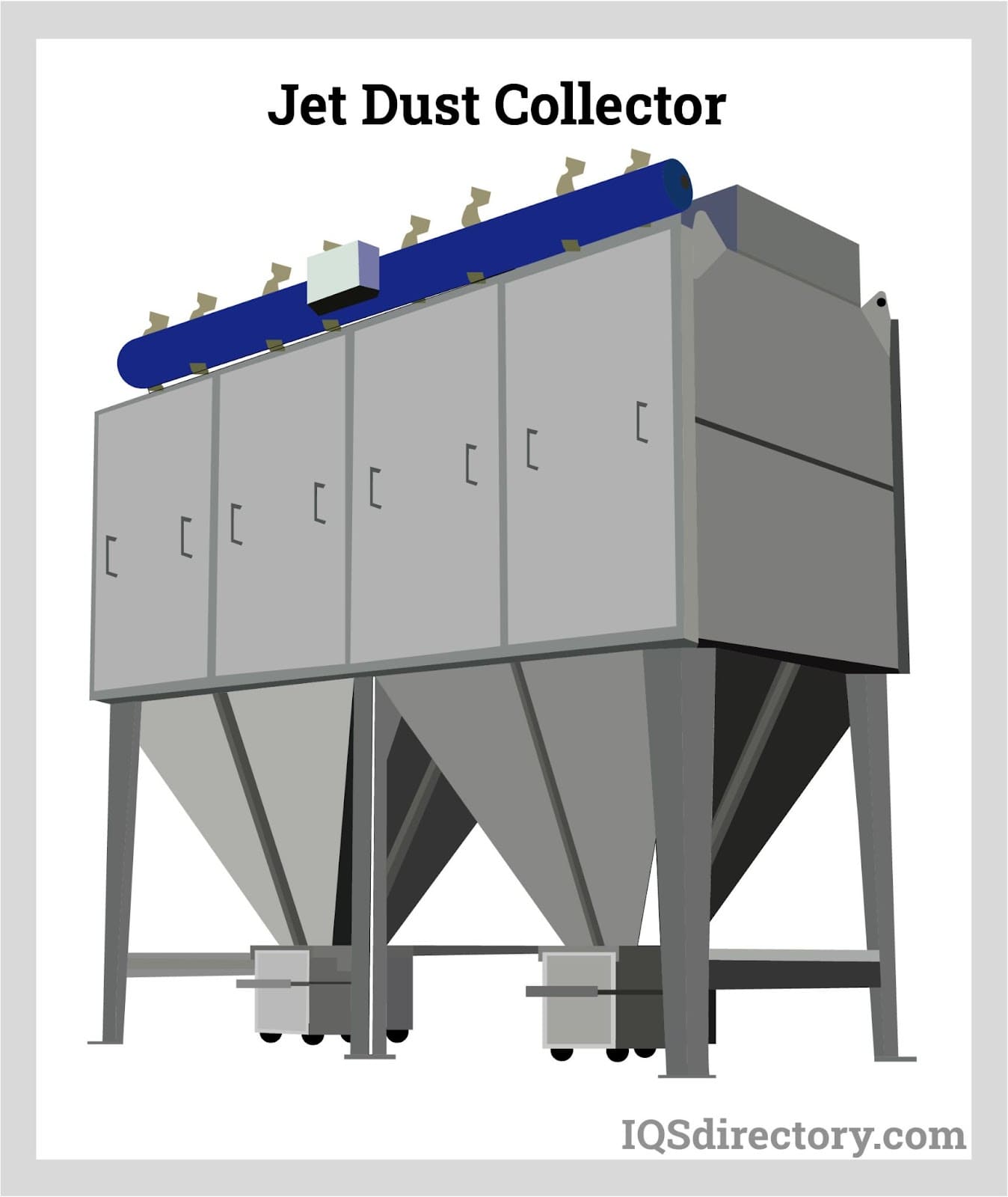
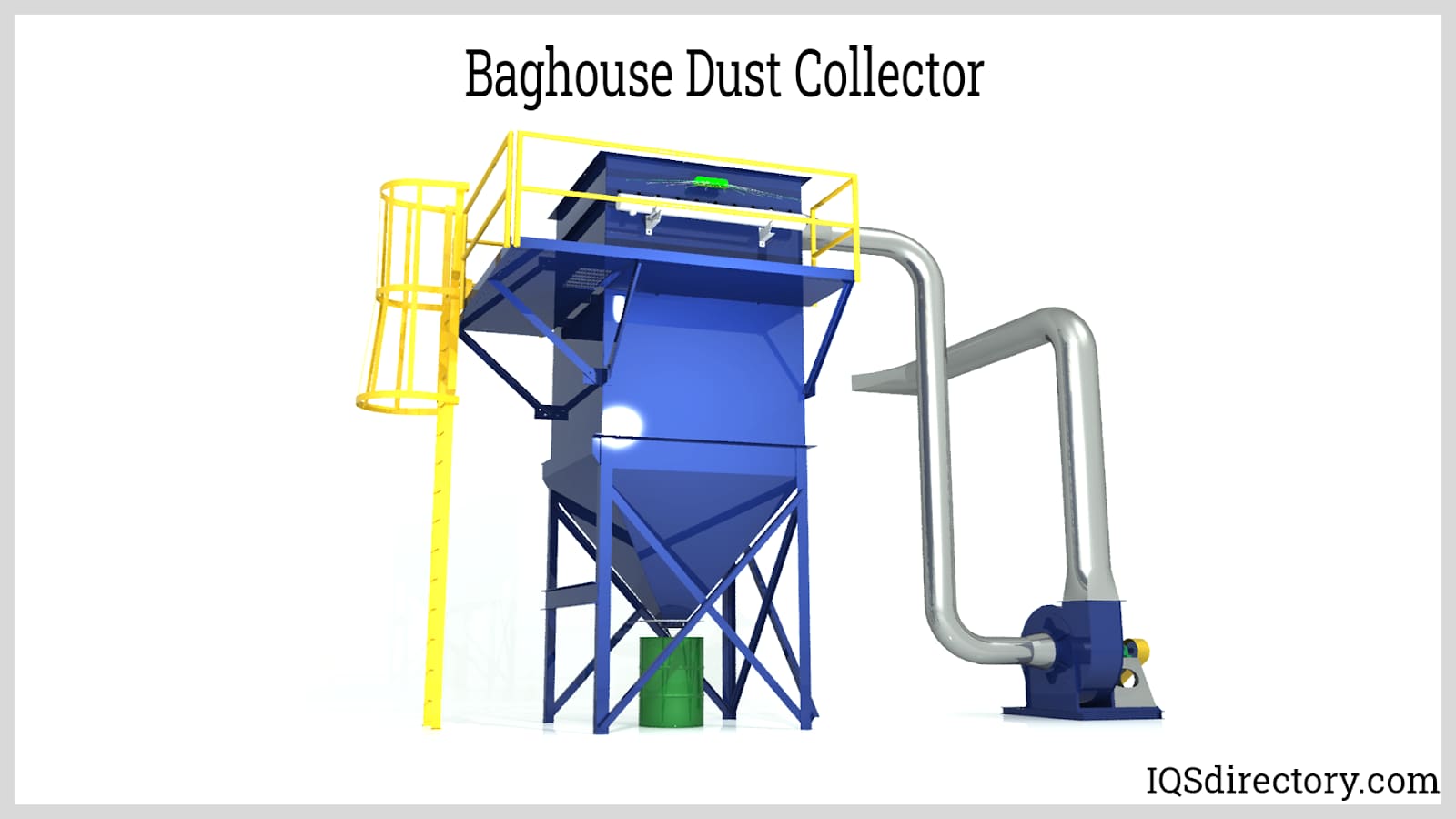
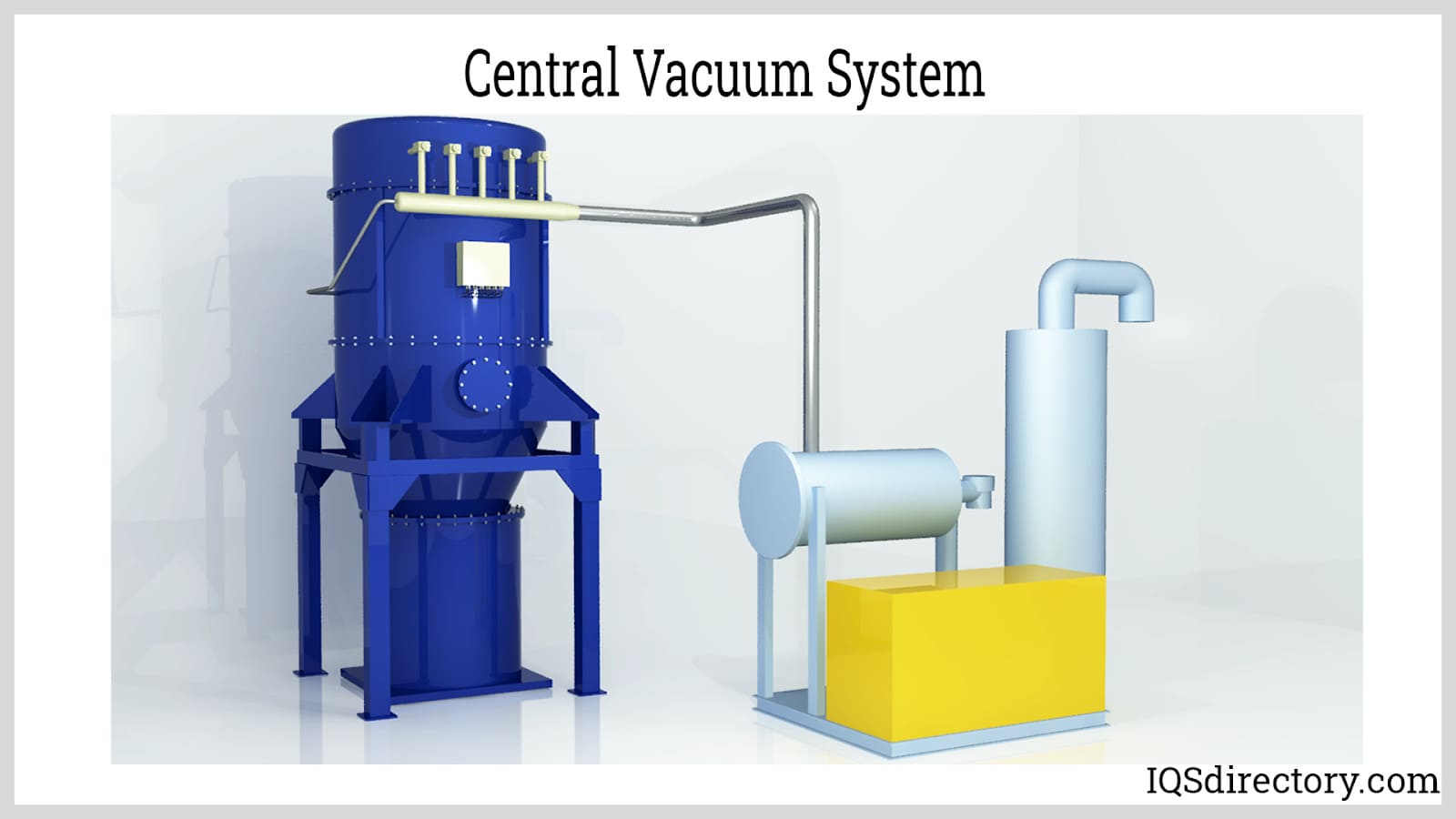
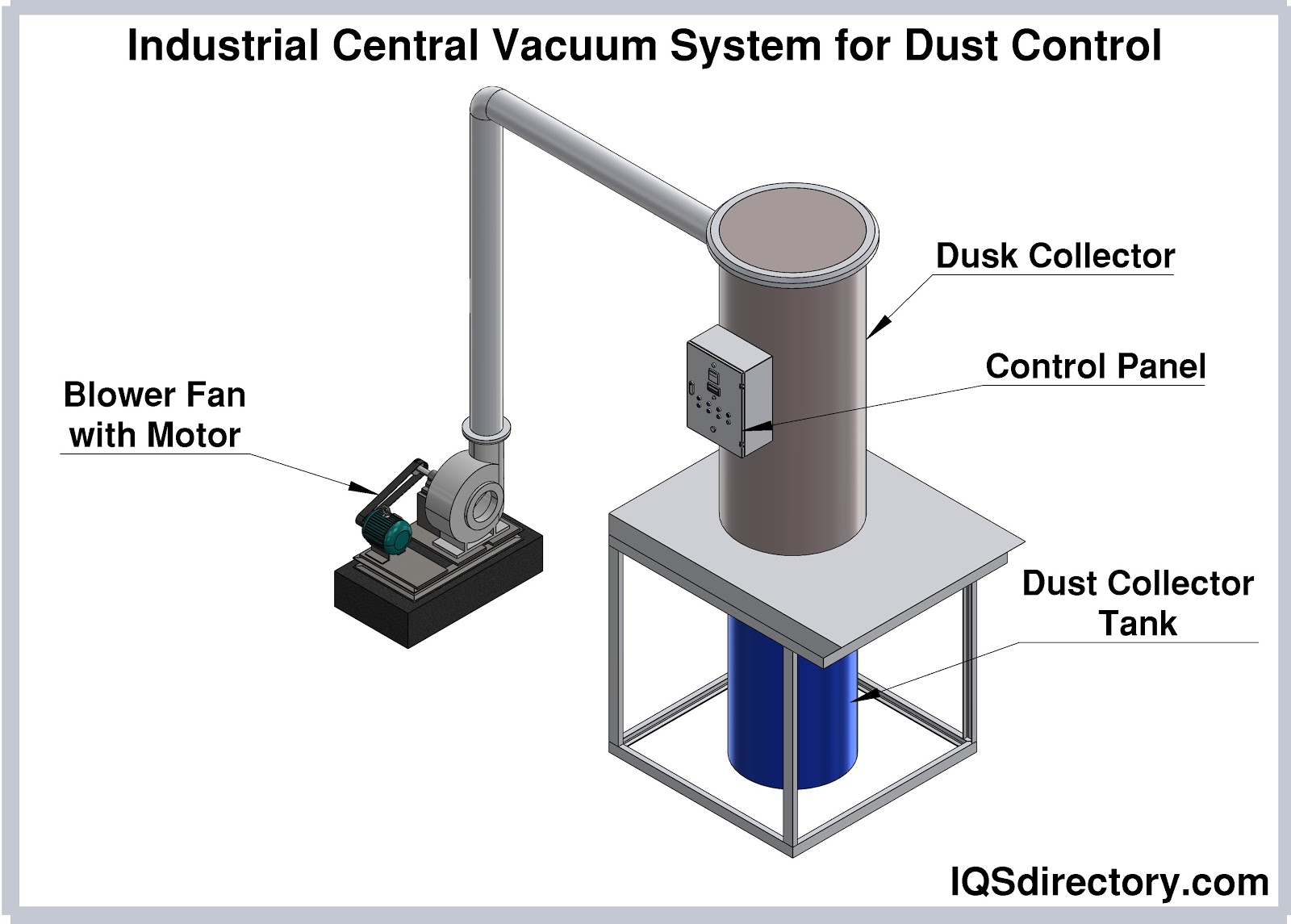
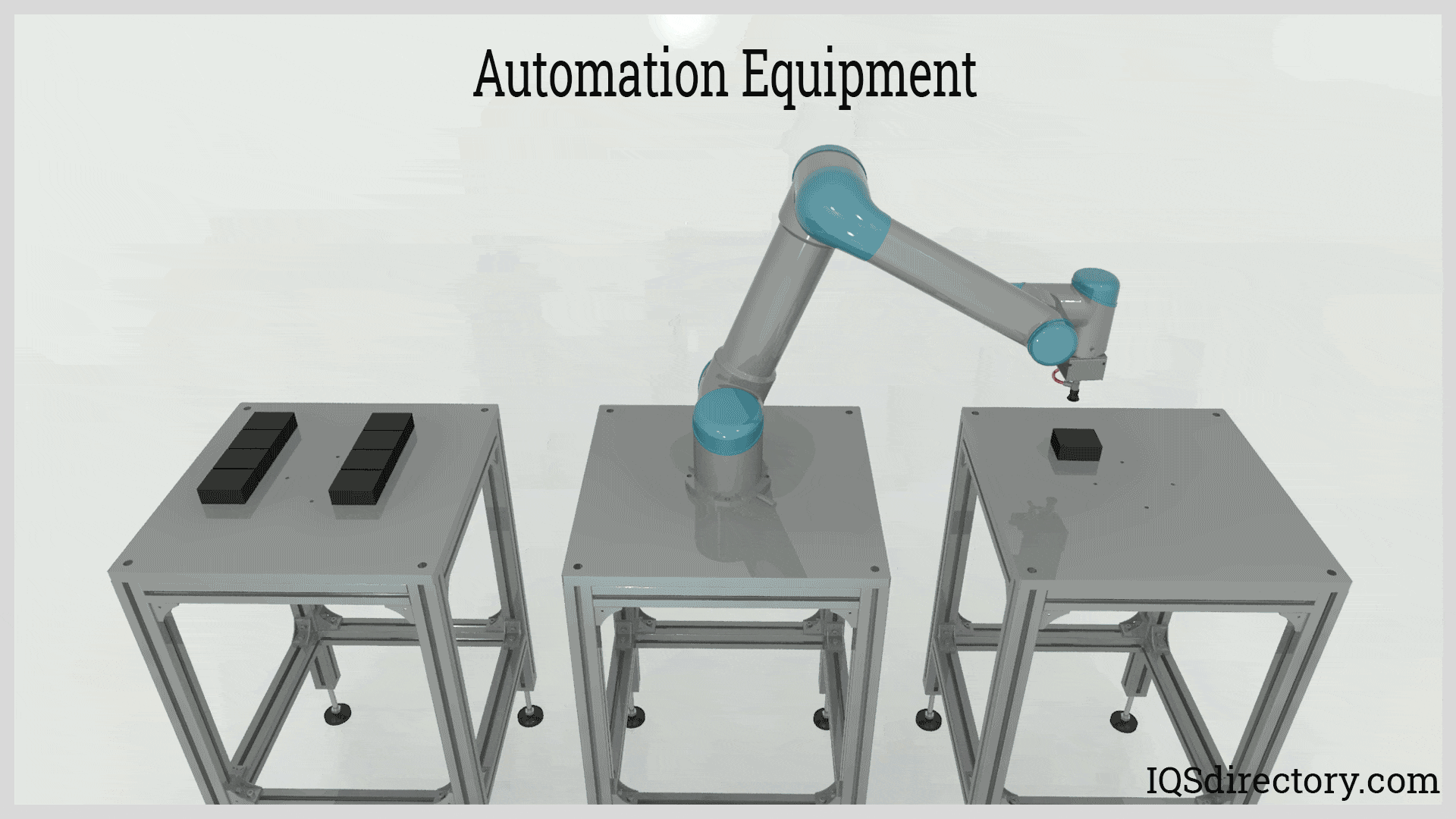
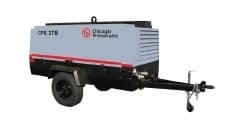 Air Compressors
Air Compressors 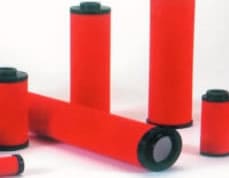 Air Filters
Air Filters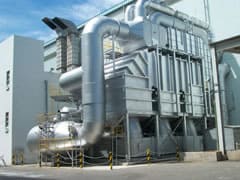 Air Pollution Control
Air Pollution Control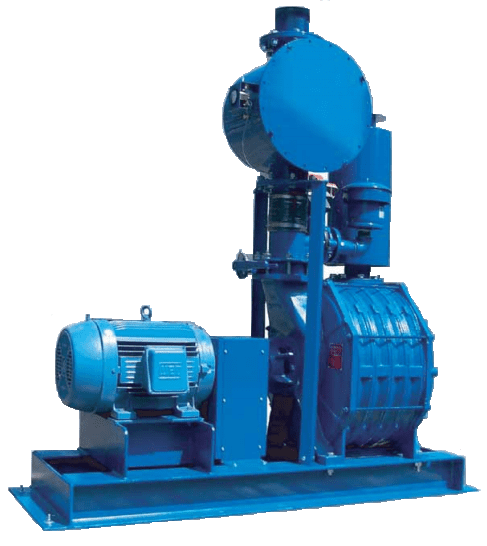 Blowers
Blowers Dust Collectors
Dust Collectors Industrial Vacuum Cleaning Equipment
Industrial Vacuum Cleaning Equipment Castings & Forgings
Castings & Forgings Bulk Material Handling
Bulk Material Handling Electrical & Electronic Components
Electrical & Electronic Components Flow Instrumentation
Flow Instrumentation Hardware
Hardware Material Handling Equipment
Material Handling Equipment Metal Cutting Services
Metal Cutting Services Metal Forming Services
Metal Forming Services Metal Suppliers
Metal Suppliers Motion Control Products
Motion Control Products Plant & Facility Equipment
Plant & Facility Equipment Plant & Facility Supplies
Plant & Facility Supplies Plastic Molding Processes
Plastic Molding Processes Pumps & Valves
Pumps & Valves Recycling Equipment
Recycling Equipment Rubber Products & Services
Rubber Products & Services